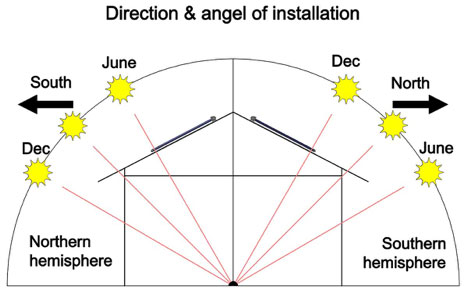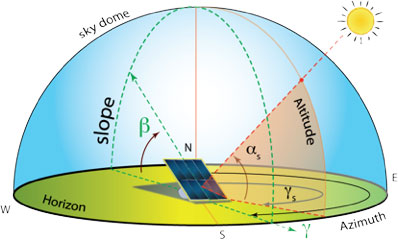solar
High Reliability in High Temperatures
solar
High Reliability in High Temperatures
Located at 57 MacFarlane St., Parry Sound, the PV system is the unique generation component of the SPEEDIER project.

Located at 57 MacFarlane St., Parry Sound, the PV system is the unique generation component of the SPEEDIER project.

The Location
During the initial planning of the project, the Town of Parry Sound presented the idea of using the old landfill at 57 MacFarlane, re-purposing otherwise un-useable property rather than building on undeveloped land. This required environmental assessments, both to ensure that the cap in place over the existing landfill would support the solar structure, and to address the needs of the local wildlife and groundwater system. It meant upgrading and extending the local electricity grid and the fibre network to this site. It also meant the site was secure due to the gated access to the Town property.
In early 2020, the contractor’s proposal for the PV solar site was accepted, with panels running east-west, facing south, and laid out in 10 rows, roughly x meters apart. The rows are of varying length, given the uneven landscape of the landfill. The structure starts with static mounting for the modules. Each module consists of x panels. The 1620 photo-voltaic (PV) panels are Mono-crystalline Hanwha Q.Peak Duo L-G7, with 400watts power each. They are arranged into 45 solar Arrays.
Based on the geographical locations of Parry sound, and the fact that panel are static, it can be calculated that the best azimuth and degree to receive maximum sun light throughout the year is 180° and 30° respectively.
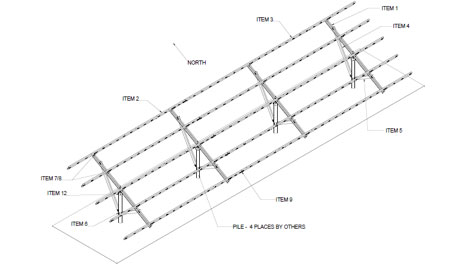
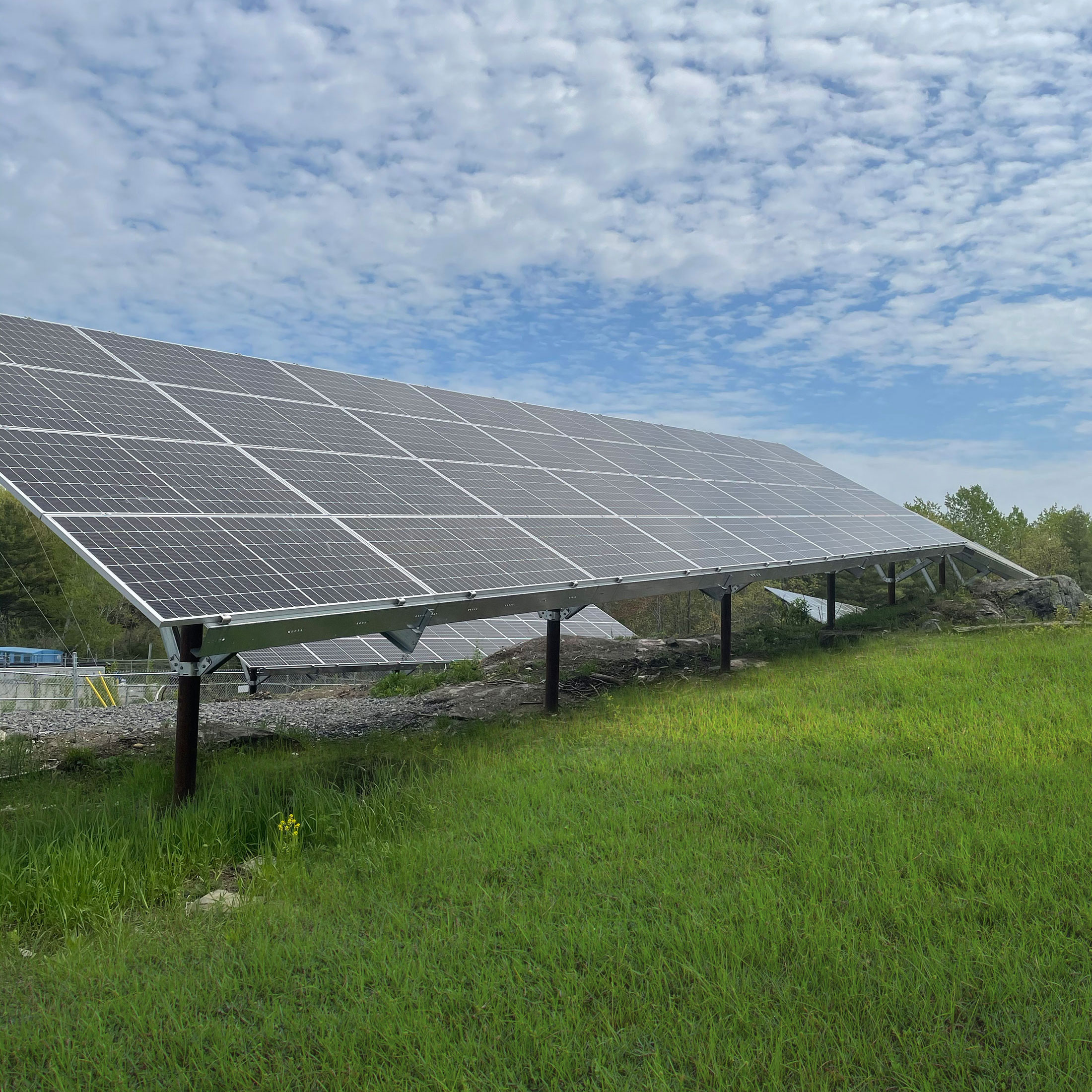
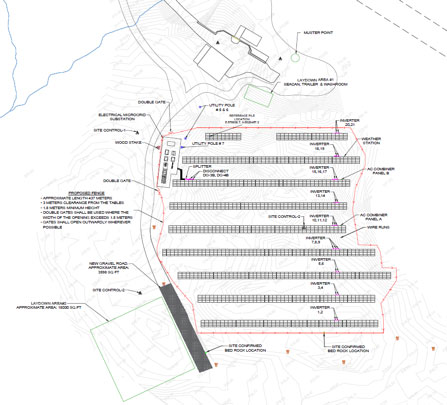
Why this location?
The best panel orientation.
Based on the geographical location of Parry sound, and the fact that panel are static, the panels are at 180° azimuth and 30° degrees in order to receive maximum sun light throughout the year.
The azimuth is the PV array’s east–west orientation in degrees. In most solar PV energy-calculator tools, an azimuth value of zero is facing the equator in both northern and southern hemispheres; +90° degrees is facing due west and –90° degrees is facing due east. The compass angle shows 180° for south, 90° for east and 270° for west.
In the northern hemisphere, between the latitudes of 23° and 90°, the Sun is always in the south. Therefore, the modules on an array are directed to the south in order to get the most out of the Sun’s energy. In the southern hemisphere, it is the opposite. Hence the best azimuth angle is 180 degrees for Parry Sound.
Direction & angle of installation
Electricity Generated.
The 1,620 panels, each with 400watts of power, can produce 648 kilowatt (kW) Direct Current (DC) power. Most of our appliances require Alternating Current (AC) electricity. In order to convert the DC current to AC, a device called an ‘INVERTER’ is used. Based on the inverter’s efficiency and other parameters, 500kW is the actual output. Solar installations are usually referred to by both units. This site is a 648kW DC / 500 kW AC installation.
For project SPEEDIER, this electricity is not being sent directly to a residence or business. Instead, there is a utility-scale battery adjacent to the solar system. See the section on the TESLA MegaPack for more details.
In between the solar and the battery is a management system called EHOUSE that automatically checks to see if the MegaPack is full. If not, and the solar array is generating, the electricity generated can be sent to charge the battery. If the MegaPack is fully charged, the EHOUSE can send the excess generation into the electricity grid, to offset use somewhere else.
